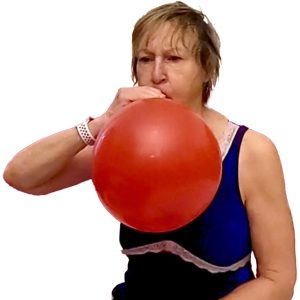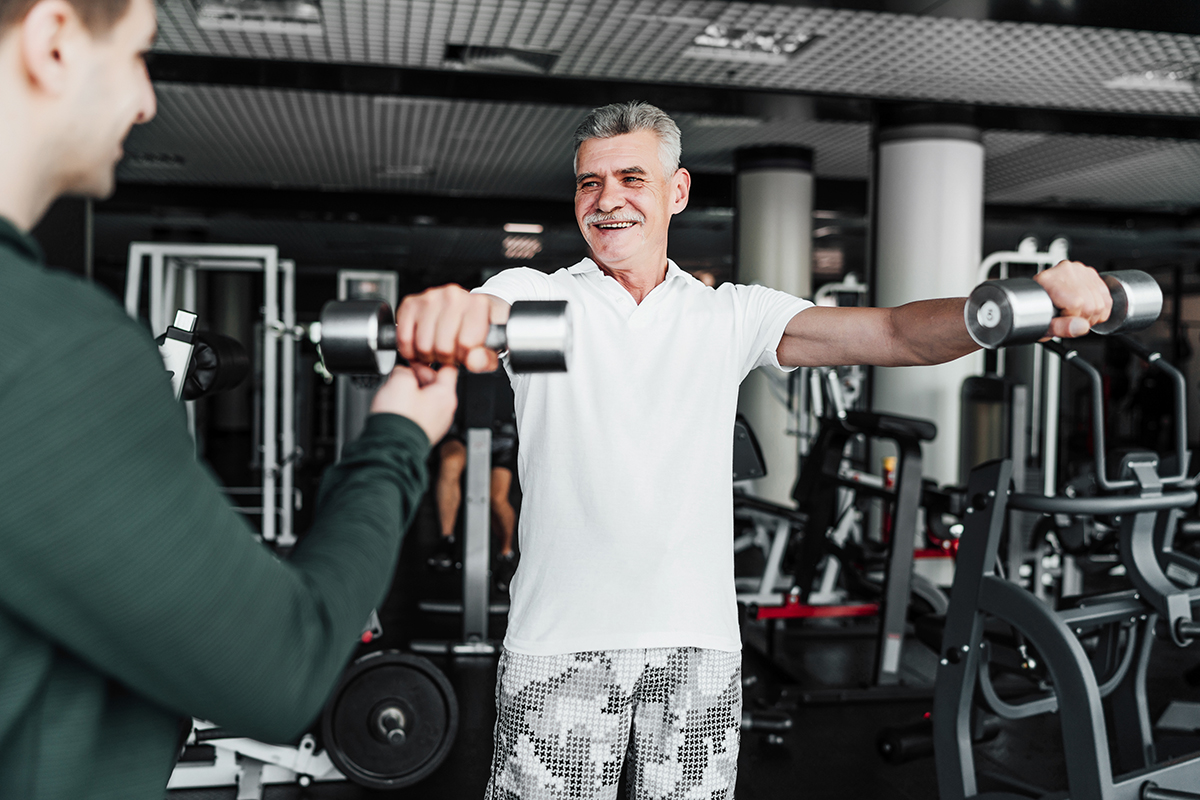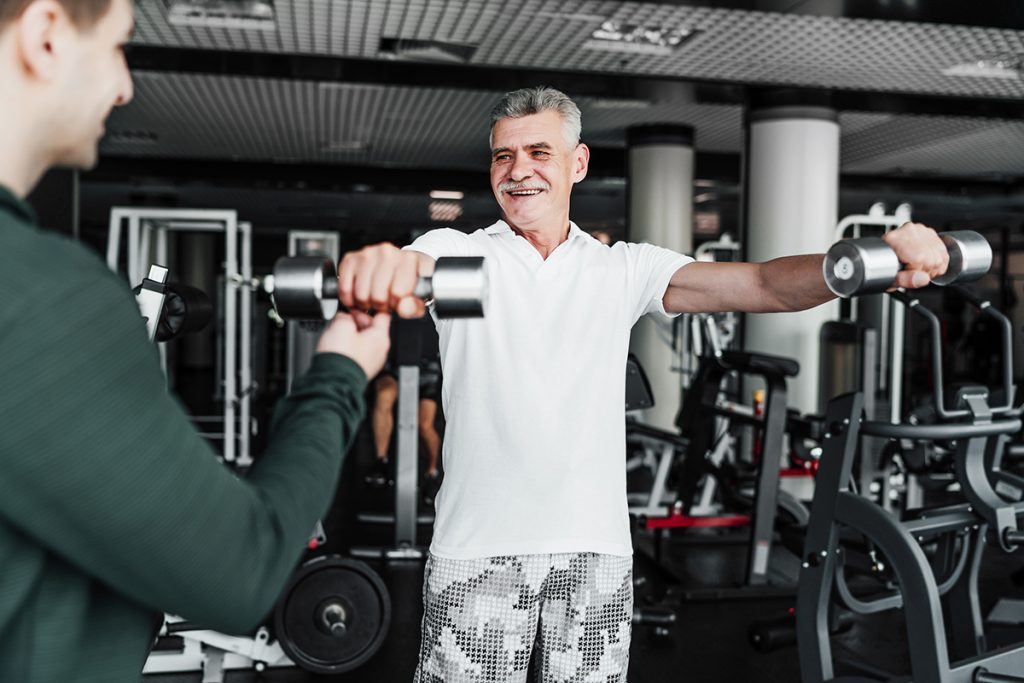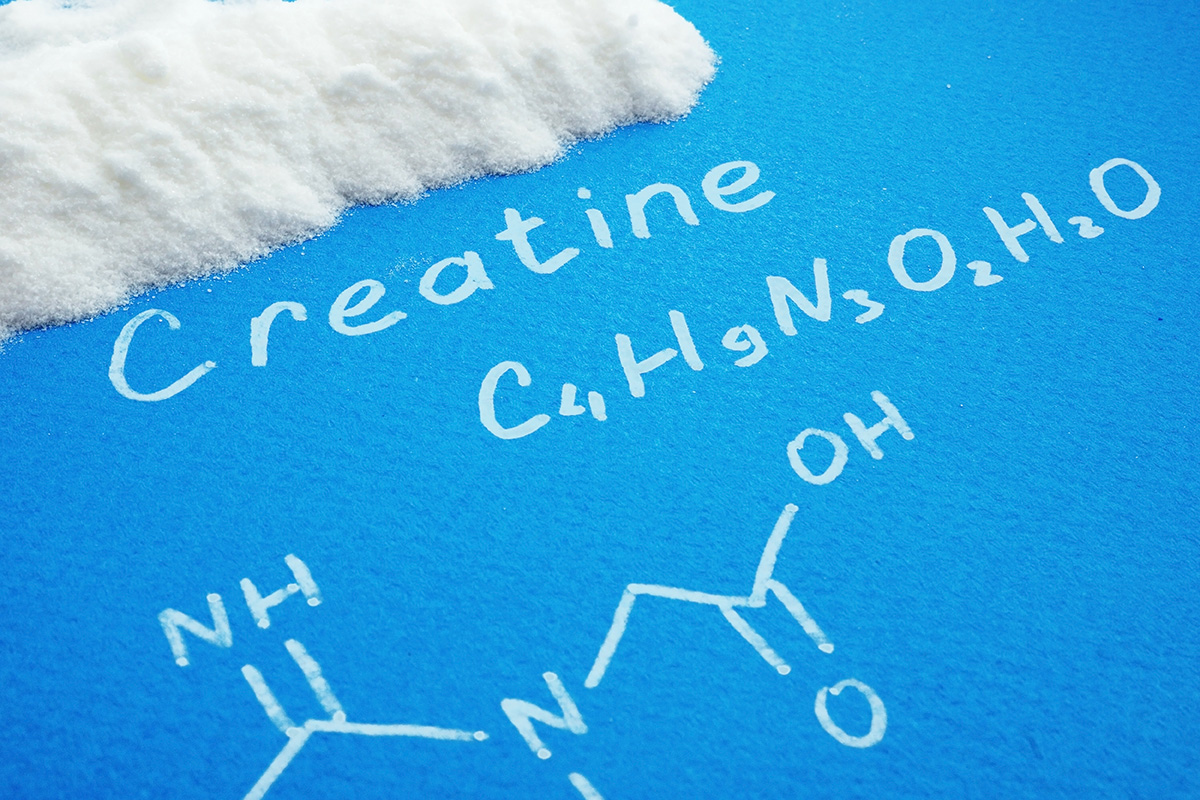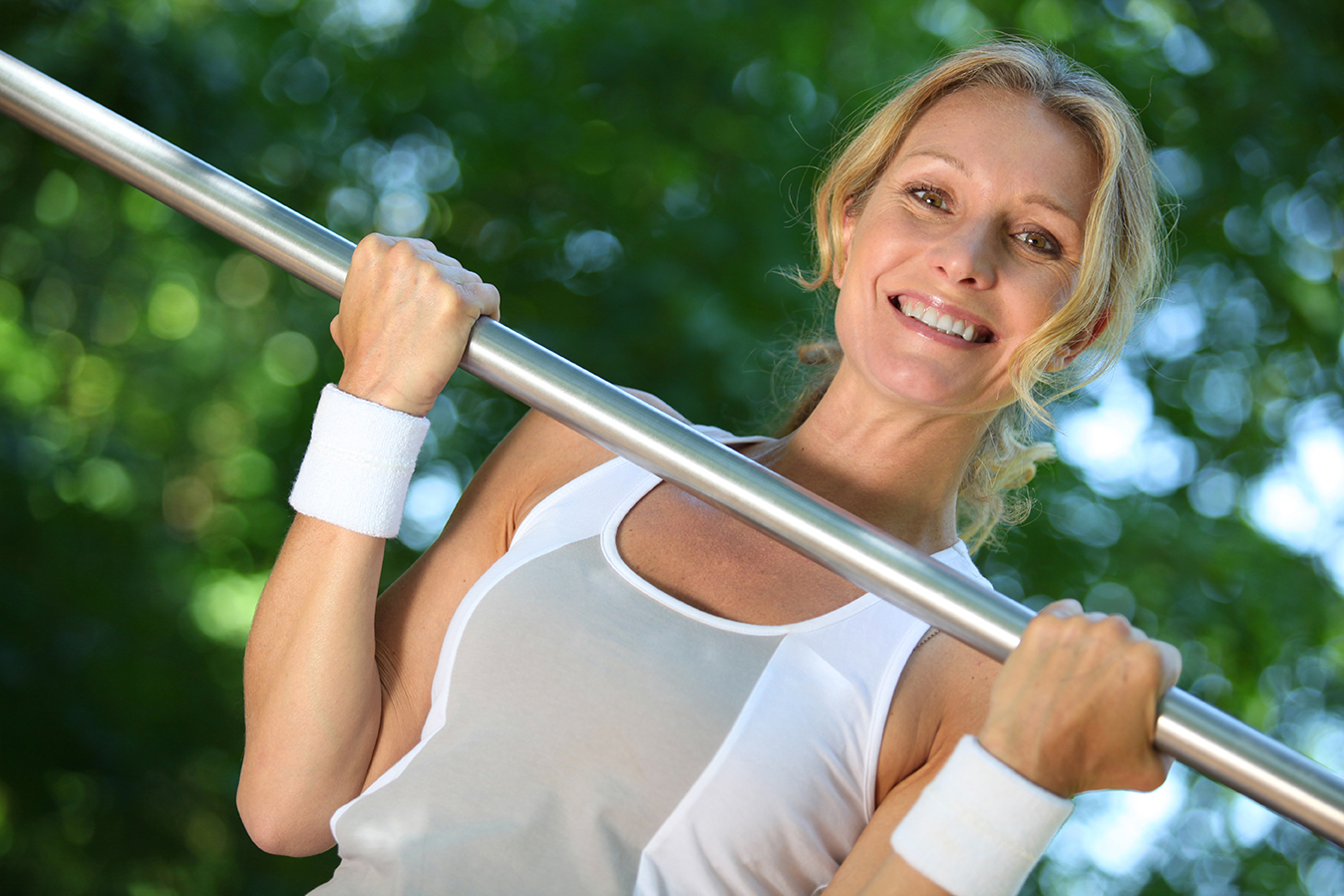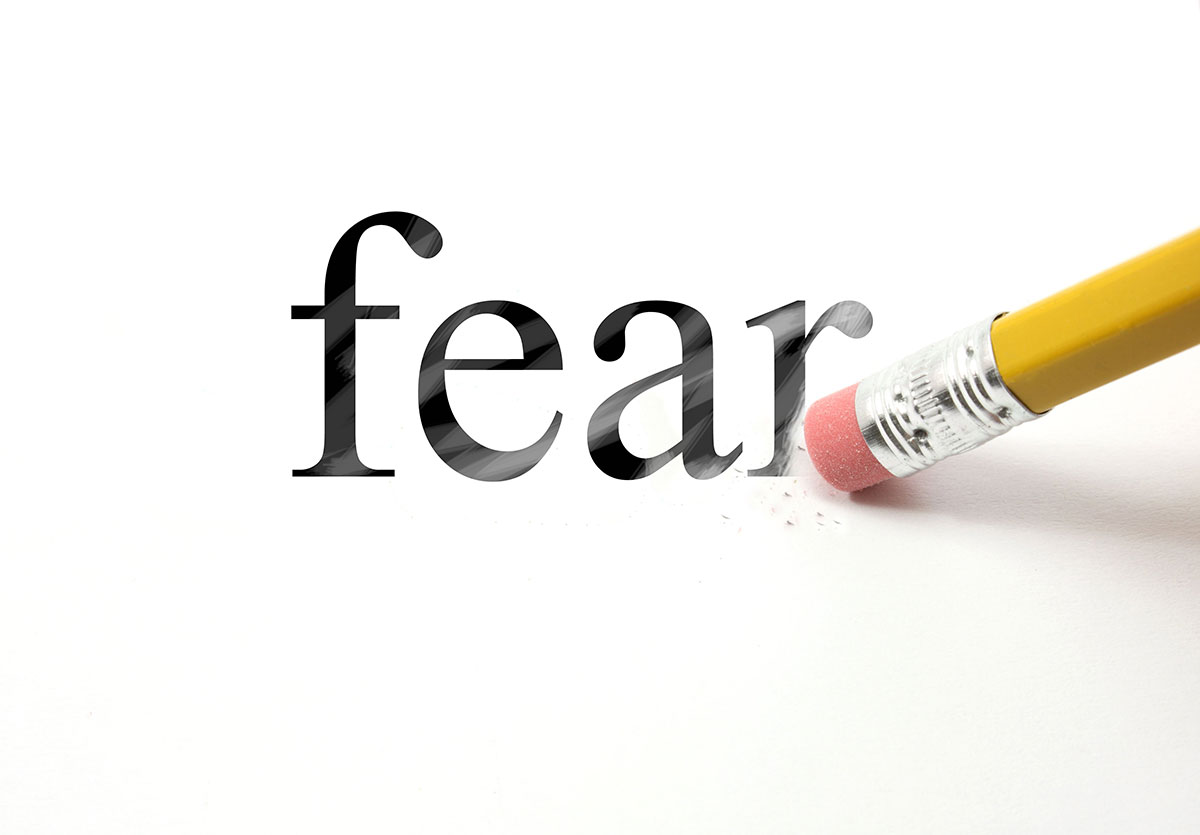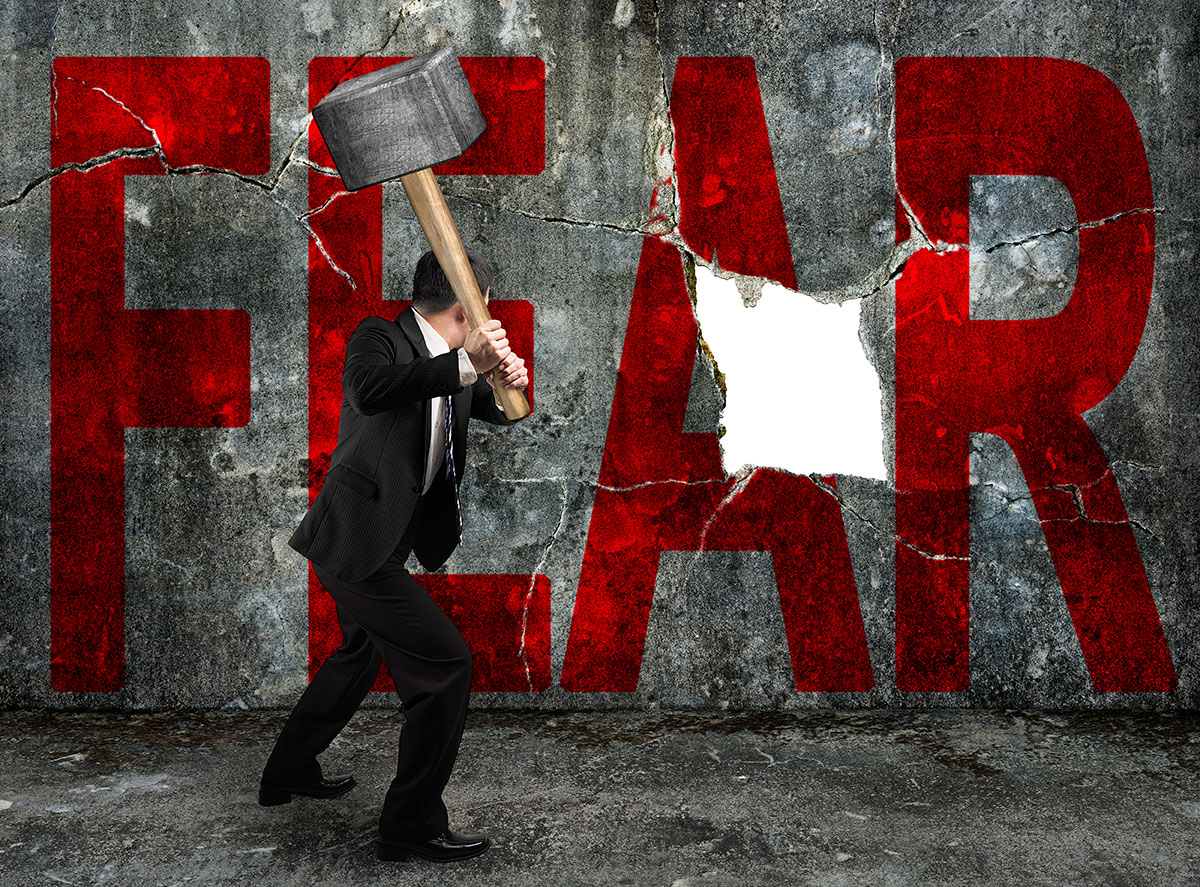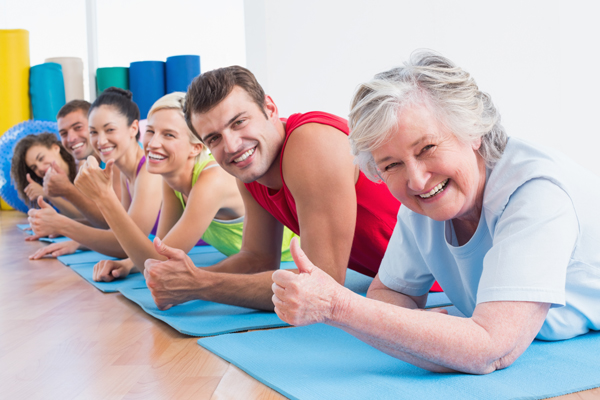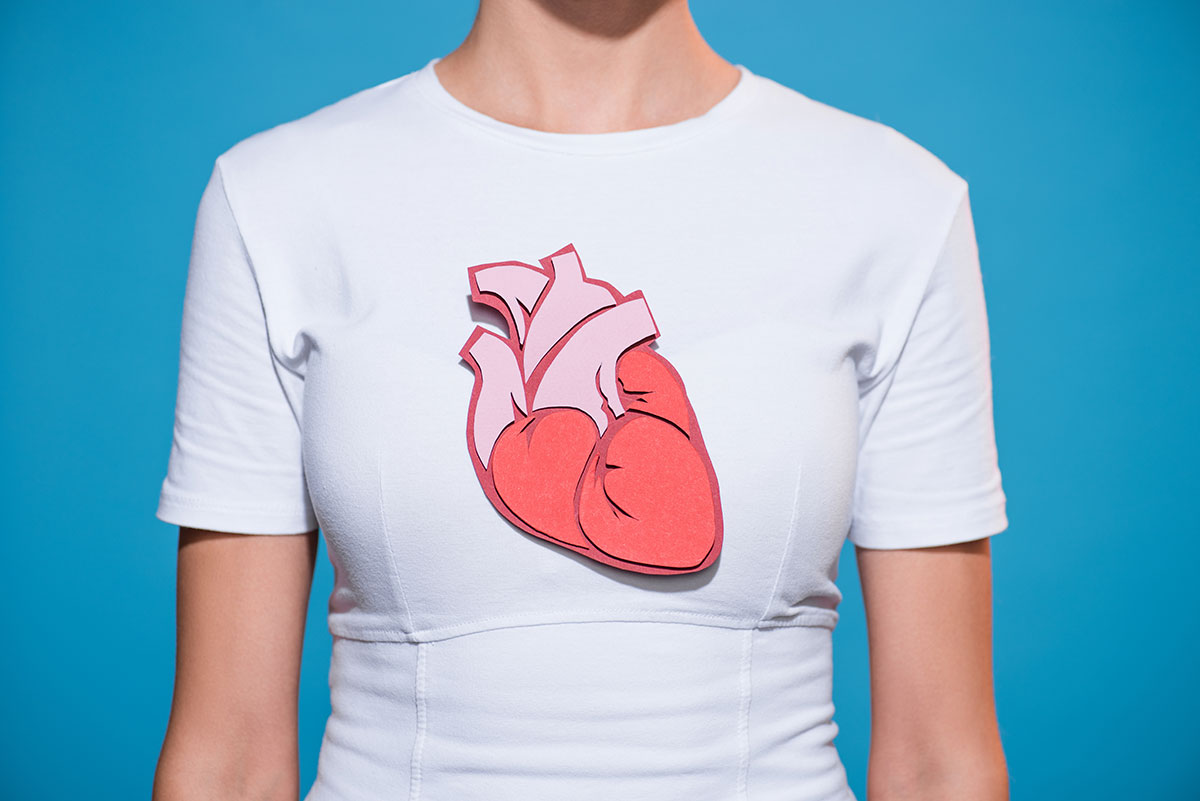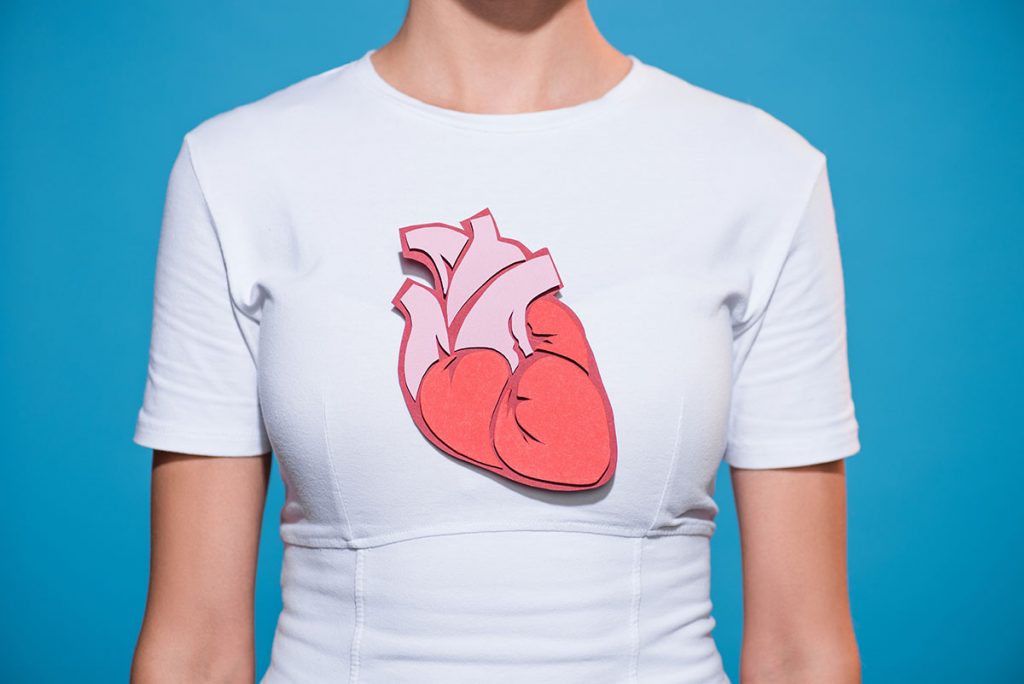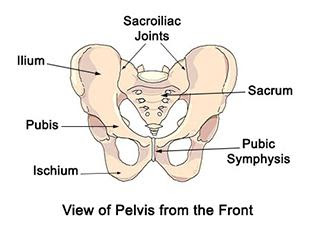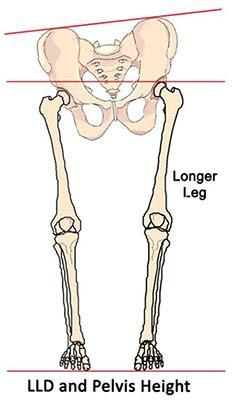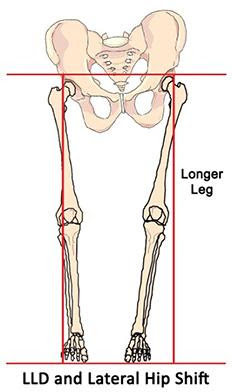Autism Spectrum Disorder – Where Fitness Professionals Land on the Spectrum
According to the CDC (2022), about 1 in 44 children has been identified with autism spectrum disorder (ASD). Autism Spectrum Disorder (ASD) is a neurological disorder marked by deficits in social communication as well as repetitive behaviors and restricted interests (Hodges et al., 2020. This information tells us, that it is likely in the near future or even now as a fitness professional, we may experience having a client with ASD. Being a neurological disorder, there can be faulty lines between mind and body communication that influence body movements and mechanics. Therefore, as a fitness professional, working with an ASD client would require individualized programming tailored to specific needs, but there are common sensory and motor skill deficiencies we as fitness professionals can certainly assist with.

The Diagnostic and Statistical Manuel of Mental Health Disorders (DSM-5) has now coined the term “spectrum” to include both lower and higher functioning forms of autism.
The ”spectrum” consists of the following:
- autistic disorder
- Asperger’s disorder
- childhood disintegrative disorder
- pervasive developmental disorder not otherwise specified (PDD-NOS)
Furthermore, the DSM-5 requires the following for diagnosis:
Individuals must meet all the social communication/interaction criteria:
- problems reciprocating social or emotional interaction
- severe problems maintaining relationships
- nonverbal communication problems
Must also meet 2 of the 4 restricted and repetitive behaviors criteria that do cause functional impairment:
- stereotyped or repetitive speech
- motor movements or use of objects
- excessive adherence to routines
- ritualized behavior, or excessive resistance to change
- highly restricted interests, abnormal in intensity or focus
- hyper or hypo reactivity to sensory input or unusual interest in sensory aspects of environment
There are a number of risk factors for ASD including sex because ASD is 4 times more common in boys than girls. Other risk factors include family history, age of parents when born, and being born early (CDC, 2022). The fitness professional will of course meet the ASD after diagnosis but being aware of certain behaviors and traits is an important component to help better understand and relate to the client’s needs and abilities. The fitness professional can become part of the ASD client’s comprehensive treatment program. There is a need for our help, especially since obesity rates are higher among persons with ASD. Although some of this can be related to diet, lack of physical activity is a key contributor to this phenomenon. We know that P.E. at school alone is not enough time spent moving, and because persons with ASD might need special sensory and motor accommodations, this can be a deterrent for participation. Without the advocacy of parents, activity may not be prioritized.
Common among persons with ASD, there exist vestibular, proprioception, interoception, low muscle tone, postural instability, and compromised endurance and balance deficiencies (Autism Speaks, 2022). Adding to these, persons with ASD have been found to have differences compared to those without ASD with gait (stride width, velocity, and stride length) (Autism Speaks, 2022). As fitness professionals, we have the knowledge and experience to program design for these fitness and skill related components, so having a specialization to reach this population makes us both more credible and more marketable. Special populations need special people like us to add exercise as medicine and improve quality of life, despite the challenges, stereotypes, and stigmatisms that exist when it comes to persons on the “spectrum”.
Join Megan for her webinar on this topic, Working With Special Populations: Autism Spectrum Disorder (ASD) Fitness Integration
Dr. Megan Johnson McCullough, owner of Every BODY’s Fit in Oceanside CA, is a NASM Master Trainer, AFAA group exercise instructor, and specializes in Fitness Nutrition, Weight Management, Senior Fitness, Corrective Exercise, and Drug and Alcohol Recovery. She’s also a Wellness Coach, holds an M.A. Physical Education & Health and a Ph.D in Health and Human Performance. She is a professional natural bodybuilder, fitness model, and published author.
References
Autism Speaks (2022). Autism diagnosis criteria: DSM-5.
Autism Diagnosis Criteria: DSM-5 | Autism Speaks
Centers for Disease Control and Prevention (2022). Data and Statistics on Autism Spectrum Disorder. Data & Statistics on Autism Spectrum Disorder | CDC
Hodges, H., Fealko, C., & Soares, N. (2020). Autism spectrum disorder: definition, epidemiology, causes, and clinical evaluation. Translational Pediatrics, 9(Suppl 1), S55– S65. https://doi.org/10.21037/tp.2019.09.09



